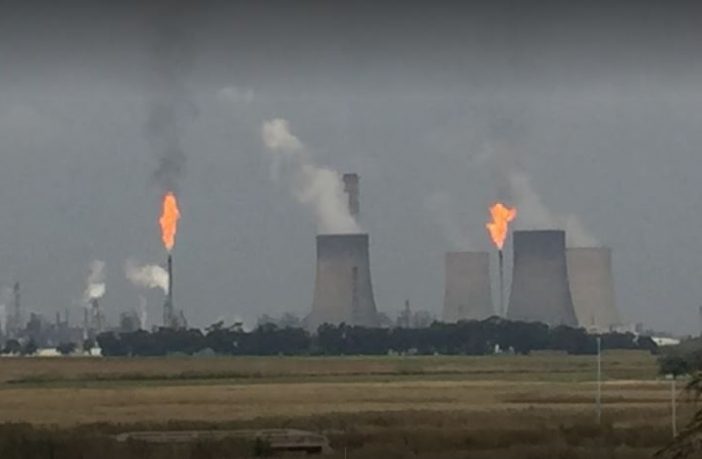- Sasol’s financial results for the year ended 30 June 2023 were impacted by the volatile global economic landscape and the underperformance of state-owned enterprises in South Africa, which continue to impact both our Energy and Chemical businesses.
- This impact was, to an extent, offset by a weakening of the Rand/US Dollar exchange rate.
Earnings before interest and tax (EBIT) of R21,5 billion declined 65% compared to the prior year, mainly due to the impairment of assets, inflationary impact on costs, the softening of the Brent crude oil price and refining margins in the latter part of the year. Chemicals basket prices were on a declining trend during 2023, and while we have recently seen some respite with lower feedstock and energy prices, gross margin and global demand remained depressed particularly in our American and Eurasian segments.
Operating profit of R55,4 billion before remeasurement items increased 8% from the prior year, benefitting from gains on the translation of monetary assets and liabilities and valuation of financial instruments and derivative contracts of R6 billion compared to R17,6 billion losses in 2022. Remeasurement items contributed a net loss of R33,9 billion compared to a net gain of R9,9 billion in 2022.The remeasurement items for 2023 mainly relate to:
- The full impairment of the South African wax CGU of R0,9 billion, the full impairment of the Essential Care Chemicals CGU in Sasol China of R0,9 billion, and the full reversal of impairment recognised in 2019 on the Tetramerisation CGU in Lake Charles of R3,6 billion; and
- The Secunda liquid fuels refinery CGU impairment of R8,1 billion at 31 December 2022 after being negatively impacted by an update in macroeconomic price assumptions including higher electricity price forecasts and lower gas selling prices. An additional impairment of R27,2 billion was recognised for this CGU resulting in it now being fully impaired.
Sasol continues to advance implementation of its emission reduction roadmap (ERR) in South Africa to achieve a 30% reduction in greenhouse gas emissions by 2030 and comply with the requirements of the National Environmental Management: Air Quality Act 39 of 2004. The ERR involves the turning down of boilers, implementing energy efficiency projects, reducing coal usage and integrating 1 200 MW of renewable energy into operations by 2030. So far 600 MW renewable energy PPA’s have been signed for Secunda Operations plus 69 MW is under construction for Sasolburg.
A 3MW solar farm also in Sasolburg has been commissoned and the first green hydrogen production piloted. The plant will only start full production once the 69 MW Msenge Emoyeni Wind Farm, in the Eastern Cape, begins supplying the facility through a wheeling scheme. Read more
However, challenges exist around grid allocation uncertainty. “Constrained grid capacity in certain resource-rich provinces in South Africa, is making it increasingly difficult, to bring new renewable energy projects online. Investment and upgrades of the transmission network will be critical, to alleviate this risk,” said Sasol President and CEO, Fleetwood Grobler.
Related news: gas discovery near Sasol Secunda plant to generate 500MW power
Sasol Secunda concerns
With no significant additional gas to restore volumes back to historic levels, the ERR assumes lower production volumes post 2030 and also results in increased cost of coal and capital expenditure. Optimisation of the ERR is ongoing with several technology and feedstock solutions underway to partially recover volume post 2030, however the maturity thereof needs to be further progressed before it can be incorporated in the impairment calculation. Although the chemical CGUs in the Secunda complex were also negatively impacted, their respective recoverable amounts remained above carrying values given the products’ higher derivative value.
Link to Sasol’s full AFS HERE
Author: Bryan Groenendaal
Source: Sasol














